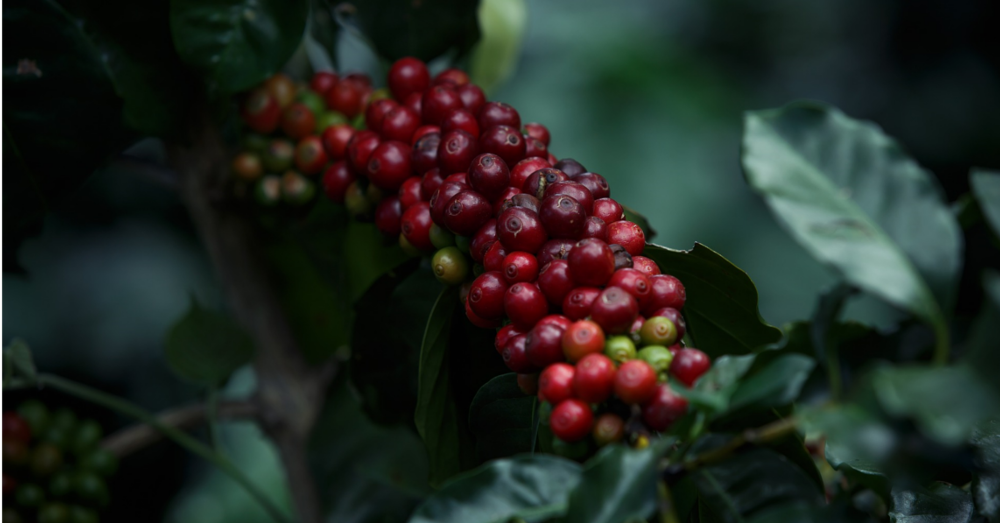
Buzz Kill: Climate Change Threatens Coffee-Pollinating Bees
The best coffee grows in the mountains, where it is cool. It needs low temperatures to thrive, which is why growers often put shade trees in their fields. But the mountains are getting hotter. And the higher you go, the less room there is to grow coffee.
September 12, 2017 | Source: EcoWatch | by Marlene Cimons
The best coffee grows in the mountains, where it is cool. It needs low temperatures to thrive, which is why growers often put shade trees in their fields. But the mountains are getting hotter. And the higher you go, the less room there is to grow coffee. This is one reason scientists predict coffee will suffer in a changing climate.
New research suggests the fate of coffee may be worse than previously thought. Earlier projections underestimated the effects of climate change, specifically in Latin America, and failed to consider the consequences for coffee-pollinating bees, according to the study, which appears in the Proceedings of the National Academy of Sciences.
This is bad news, and not just for coffee lovers. It portends economic disaster for vulnerable farmers whose incomes depend on coffee. Most coffee growers in Latin America are small farmers whose food security relies on cash earned by selling coffee. In countries like Guatemala and Mexico, coffee is an important source of income for indigenous communities.
“Climate change threatens the primary livelihoods of millions of people in vulnerable communities around the world,” said Taylor Ricketts, director of the Gund Institute for Environment at the University of Vermont, and coauthor of the study. “In all, probably 100 million people are involved in its production, most of them rural and poor. So there is more at stake here than the price of a nice espresso in New York or Paris.”
The study, conducted with advanced computer modeling, spatial analysis and field data, predicts that climate change could reduce coffee-growing areas in Latin America—the world’s largest coffee-producing region—by as much as 88 percent by 2050, with the largest declines in Nicaragua, Honduras and Venezuela.
The models also suggest that climate change will drive out multiple species of bees in some places. About 80 percent of growing areas “currently have at least ten [species of bee], and that drops almost in half in our future scenarios,” Ricketts said. Though, he noted that just five species are “likely to be sufficient.” This is the first study to examine the combined effects of both climate and pollination and how they will change under global warming “in ways that will hit coffee producers hard,” Ricketts said.
Coffee production depends on pollination, “so the question is whether we can still count on bees’ contribution,” said Pablo Imbach, an agronomist with the International Center for Tropical Agriculture in Hanoi, and the paper’s lead author. “Productivity increases with the number of bee species.” Moreover, bees can offset some of the harmful effects of climate change by boosting coffee productivity, scientists said.
“It’s a David and Goliath situation,” Imbach said. “There is the enormously powerful force of climate change that the world is trying to rein in, but bees—these comparatively tiny creatures—can, in some areas, actually play an important role in limiting the impact of climate change on coffee farms.”
